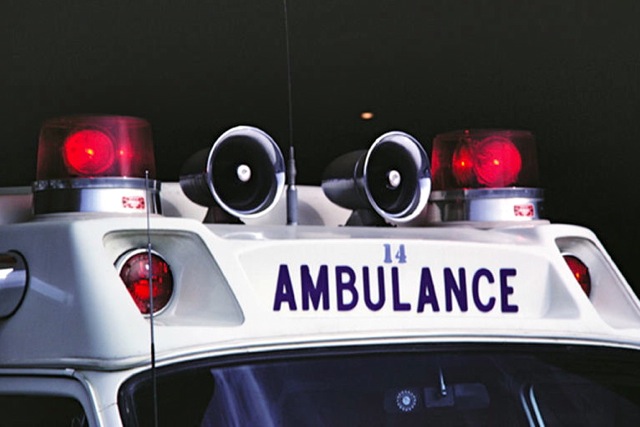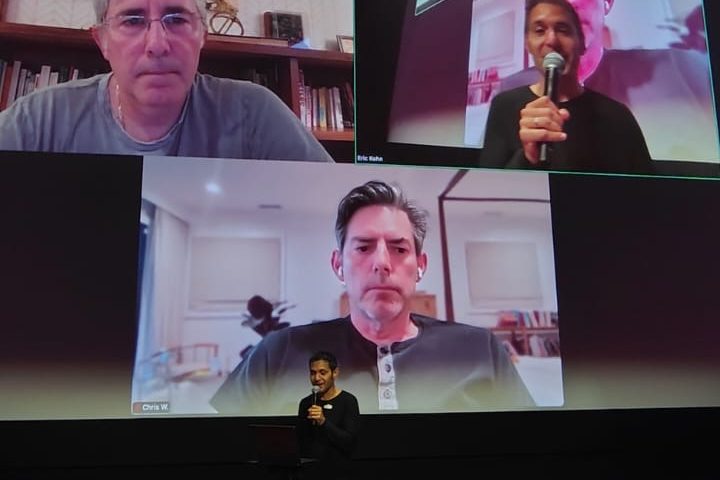East End Volunteer Ambulance Corps Always Welcome New Recruits

Mid-August, 6 p.m. Two people sit on a deck in East Hampton. An ambulance blares by. Talk stops, and both say at exactly the same time: “Ah, the sounds of summer!”
The caustic remark reflects what most East End residents and renters know: Calls for an ambulance peak during summer, and the number, including non-emergencies that might have been handled by taxi or a neighbor’s car (approximately 20 percent), keeps rising annually. By the end of the year, South Fork ambulance districts will have registered 4,500 to 5,000 calls, an estimate confirmed by Diane O’Donnell, the assistant chief of East Hampton Village Ambulance Association, who polled representatives of various ambulance corps at a late-August meeting.
The good—and perhaps surprising—news is that though calls are up compared with last year, they are being met by “the same or very close to the same” number of volunteers, and with “a significant decrease in response time,” 5 to 8 minutes on “best average.” The change is due in part to the reenergized East End Ambulance Coalition (EEAC), a loose consortium of districts that has been in existence for about 20 years, but that this past July began to institute a rotating “tactical” corps (TAC) of “mutual aid” first-responders (one person, one car), also known as Duty Squads, which can be assembled by dispatchers when local EMT teams cannot immediately be formed and which provide aid until an ambulance arrives.
Short-term goals for EEAC translate as “getting through the summer” and putting more first-responder vehicles on the road for both winter and next summer. Long-term goals include a plan to pay some first responders. A committee, led by Philip Cammann, a Bridgehampton paramedic, and Ed Downes, the president of Sag Harbor Ambulance Corps, is in talks with East Hampton town and village officials on the matter. The program would start with paid paramedics and might eventually include EMT-CCs (critical care) and EMT-Bs (basic). As Florence Stone, the public relations liaison for the East Hampton Village Ambulance Association points out, gravitating toward paying EMTs is “due to the demands of our resort community with the ever-growing increase in population and the number of volunteers we have. The time constraints for many volunteers working one or more jobs, family and other obligations including continuing our training and renewing licensing, constitute a huge commitment.” Whatever budget accommodations are worked out, however, it seems certain that the spirit as well as the fact of volunteerism will remain.
EMTs “enjoy and are challenged” by this work, says Debbi Field, an EMT from East Hampton. In a recent EMT chat session she arranged at the East Hampton firehouse—different ages, different backgrounds—the voices of the assembled all testified to the rewards of the job. Some have been at it for years; others, such as 18-year-old Jesse White, who just signed on, belie the sense of a cynical age. The group mentions Rosita Medler, in her mid-70s, who brings not only “accumulated knowledge” to the corps but an upbeat model: “She puts on lipstick before every call.” Skills are essential, but attitude is all.
Ian Hoyt, 23, who has been an EMT for five years, talks about “making a difference,” and five-year EMT Samone Johnson, a mother, who had been in the military and came back to East Hampton with a determined sense to serve her community, adds that being an EMT has made her a “better person.” The assembled that day talked of themselves as part of a community, not only serving one. CPR instructor Ann Grabowski, an EMT veteran of more than 20 years, who worked in Springs and is now in East Hampton, does all the CPR classes. She proudly shows a note she just received from a young girl who was babysitting her infant nephew who began choking. Thanks to the classes she took with Grabowski, she was able to handle the emergency until an ambulance arrived. More volunteers are always welcome, especially if they come from diverse cultures and are fluent in Spanish, such as Quique Araya, 32, who started out as a driver 10 years ago.
In spite of their enthusiasm, EMT volunteers say that the public needs to be educated about when to call 911: For heart and breathing problems or heavy bleeding, not a stubbed toe. First-responder ambulances carry necessary equipment, but cannot transport patients until after a medical assessment is made.
Contact your local ambulance corps to learn how to become a volunteer.









